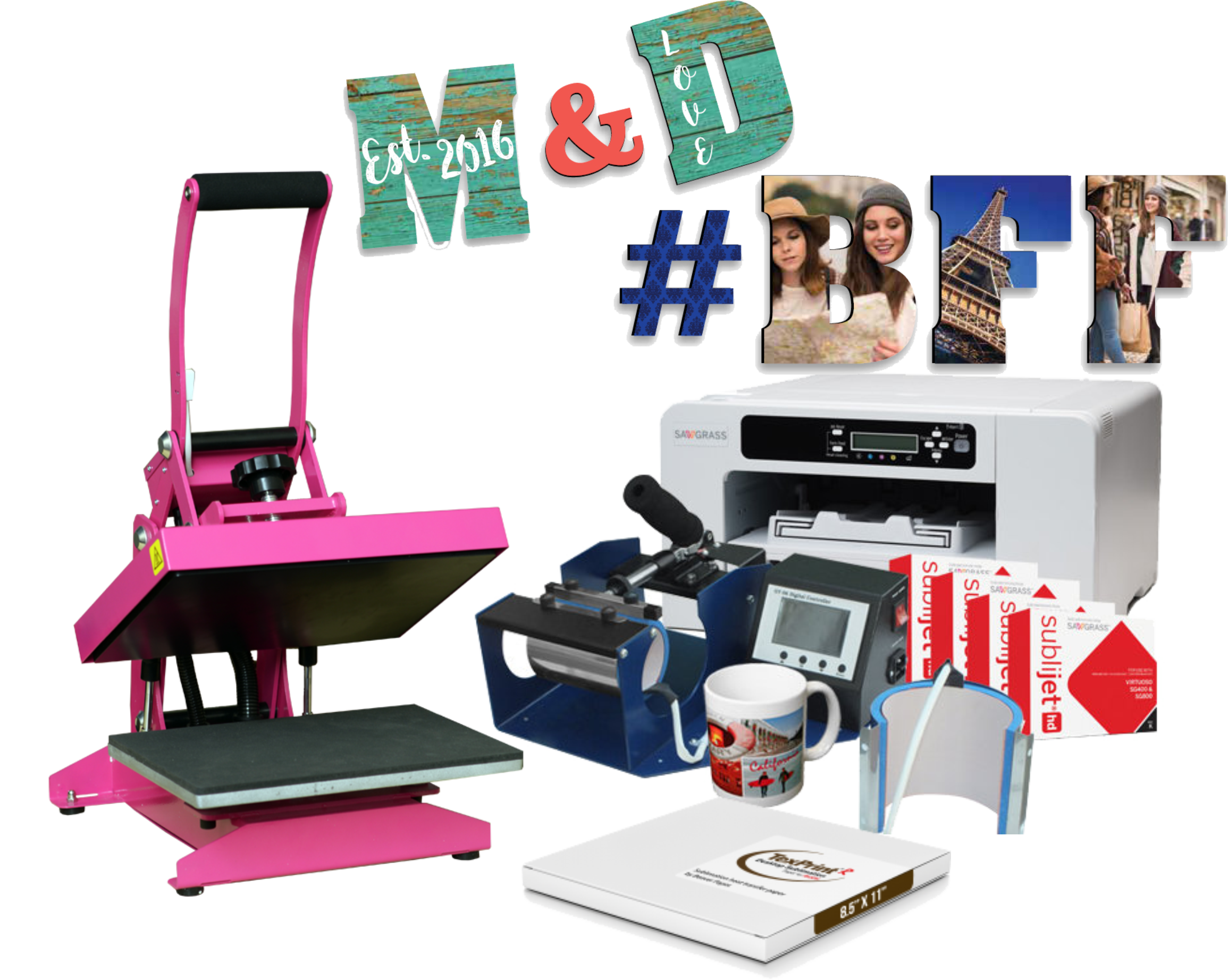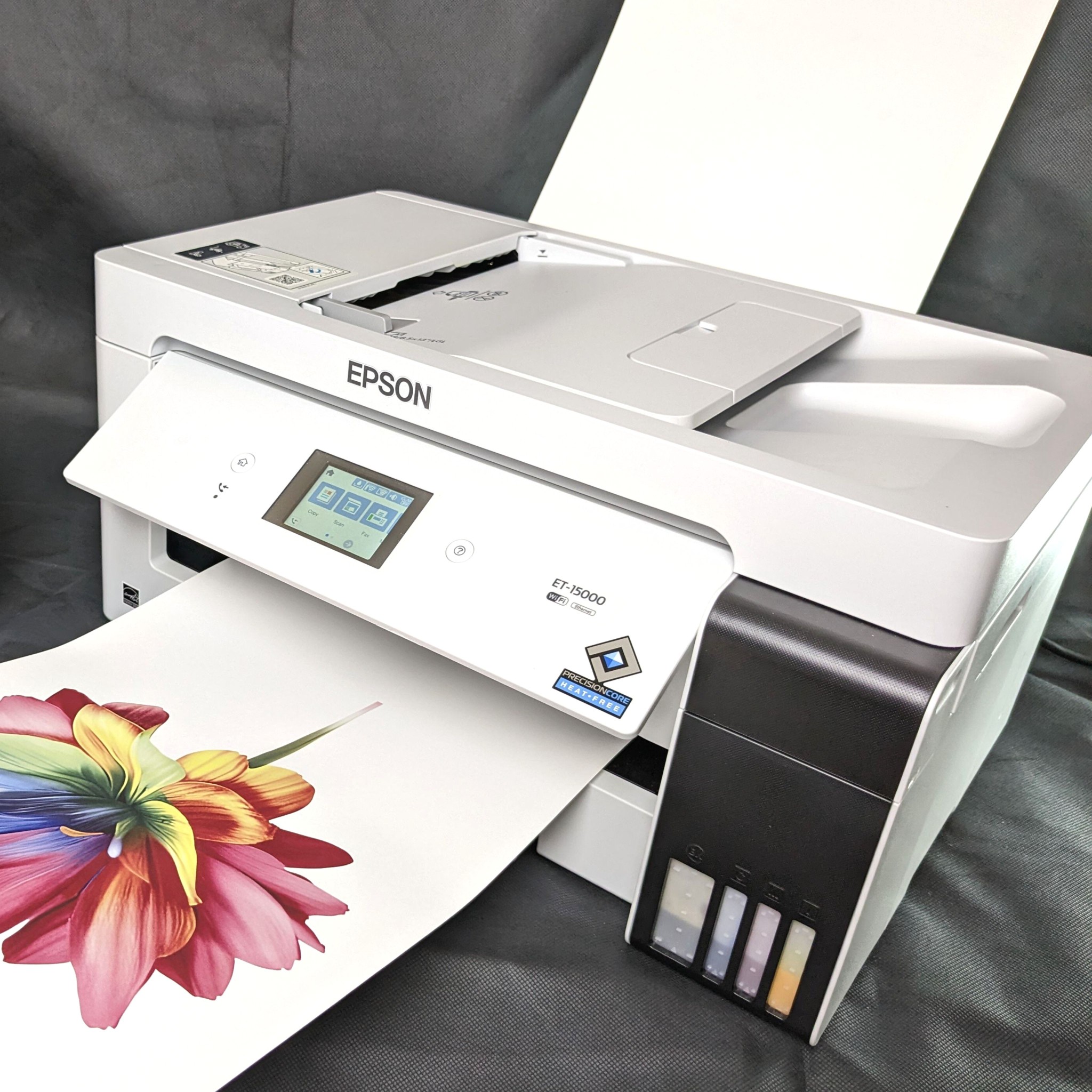Heat Transfer Vinyl Printing: Transform Your T-Shirt Game Today
Heat Transfer Vinyl Printing: Transform Your T-Shirt Game Today
Blog Article
A Comprehensive Overview to the Different Kinds Of Towel Printing Techniques
Starting an exploration of fabric printing strategies reveals an interesting junction of tradition and advancement. Each method, from the precise workmanship of block printing to the fast efficiency of screen printing, offers unique purposes and supplies unique advantages. Digital printing's adaptability and ecological awareness stand in stark contrast to the speedy modification of heat transfer printing. Dye sublimation printing captivates with its capability to create lively, long-lasting designs on synthetic fabrics. To really comprehend the subtleties and possible applications of these varied strategies, a much deeper examination is important.
Block Printing
Block Printing, one of the oldest methods of textile decor, has an abundant background that goes back to ancient worlds. Coming from China around 220 A.D., this method later spread to India and eventually Europe. The procedure involves carving detailed layouts right into wooden blocks, which are then dipped in color and pushed onto material to create patterns. This approach is remarkable for its capability to generate very outlined and repetitive designs.
The precision and workmanship associated with block printing make it a labor-intensive process, but it additionally permits a high level of customization. Craftsmens can produce unique patterns by incorporating different blocks or differing the application of dye. This adaptability has added to the enduring appeal of block printing in both conventional and modern textile layout.
Block printing is especially valued for its visual qualities, consisting of the minor variations in pattern and shade that arise from the hand-printing process. These blemishes lend an one-of-a-kind character per piece, differentiating it from mass-produced fabrics. In spite of advances in contemporary printing modern technologies, block printing stays a cherished method, commemorated for its historic importance and creative worth.
Screen Printing
Display printing, one more famous textile decoration strategy, has changed the industry with its performance and adaptability. This technique entails developing a stencil, called a screen, and using it to apply layers of ink on the printing surface area. Each shade in the design requires a separate screen, which enables for elaborate and vibrant multi-colored prints.

One of the crucial benefits of display printing is its versatility to numerous kinds of textiles, consisting of cotton, polyester, and blends. This strategy is specifically appropriate for large-volume orders as a result of its cost-effectiveness and rate. The longevity of the prints is an additional substantial advantage, as the ink bonds well with the textile, making certain durable layouts that stand up to several laundries.
The process begins with preparing the screens by covering them with a light-sensitive emulsion. Once dried out, the layout is transferred onto the emulsion-coated screen using a UV source of light. The revealed locations harden while the unexposed parts are gotten rid of, developing a pattern. Ink is then pushed through the stencil onto the fabric making use of a squeegee.
Display printing is commonly used in the style market, promotional items, and customized apparel. Its ability for top notch, comprehensive prints safeguards its condition as a cornerstone strategy in textile printing.
Digital Printing
Digital printing has actually quickly emerged as a sophisticated method in the fabric market, leveraging advanced innovation to produce high-resolution styles directly onto material. Unlike continue reading this traditional approaches, digital printing utilizes inkjet printers to deposit pigment or dye-based inks onto fabrics, enabling complex and dynamic patterns with an impressive degree of information and shade accuracy.
One of the key advantages of digital printing is its versatility. This approach permits for on-demand printing, which significantly decreases waste and lessens inventory costs.
Furthermore, digital printing is ecologically pleasant. screen printing. It makes use of water-based inks and calls for less water and energy compared to traditional strategies, aligning with sustainable practices. The precision of digital printing also permits making use of a larger series of materials, consisting of cotton, silk, polyester, and blends, making certain versatility throughout numerous applications
Warmth Transfer Printing
How does warmth transfer printing transform textile style? Warmth transfer printing involves making use of heat and stress to transfer a style from a specially developed paper onto textile.
One of the key advantages of warm transfer printing is its ability to create high-grade, thorough images promptly and effectively. It is specifically well-suited for little manufacturing runs and customized orders, making it a preferred choice for individualized apparel and marketing things. Additionally, this technique is flexible, suiting various kinds of materials consisting of cotton, polyester, and blends.
Moreover, warm transfer printing is reasonably cost-efficient compared to other techniques, as it calls for marginal setup and lower preliminary financial investment - screen printing. This price, coupled with its capacity for producing lively, long lasting prints, emphasizes its crucial duty in modern fabric design

Dye Sublimation Printing
Dye sublimation printing, an advanced material printing method, offers unmatched vibrancy and long life for weblink styles on various artificial materials. The printed transfer paper is then positioned on the material, and both are subjected to high heat and pressure using a warmth press.
One of the essential benefits of dye sublimation printing is its capability to produce continuous-tone prints with elaborate information and dynamic shades. Unlike other printing approaches, the dye ends up being component of the fabric instead than resting on top of it, resulting in a soft and breathable surface.
Verdict
Block printing is revered for its artisanal quality, while screen printing is advantageous for high-volume production. Digital printing provides versatility and environmental benefits, whereas warmth transfer printing is perfect for rapid customization.
Each method, from the meticulous workmanship of block printing to the quick performance of display printing, serves distinct purposes and offers distinct advantages. Digital printing's flexibility and ecological consciousness stand in stark contrast to check out here the quick personalization of warm transfer printing. Despite advances in modern-day printing modern technologies, block printing remains a valued strategy, celebrated for its historical value and creative value.
Dye sublimation printing, an innovative textile printing method, offers unparalleled vibrancy and durability for designs on numerous synthetic fabrics. Digital printing gives adaptability and environmental advantages, whereas warm transfer printing is perfect for quick personalization.
Report this page